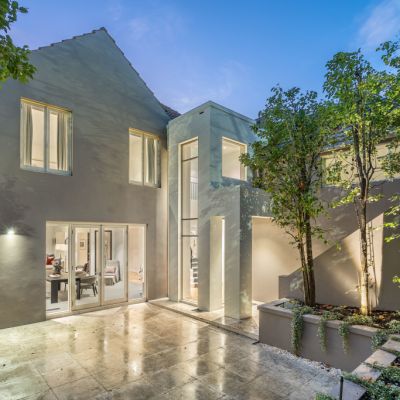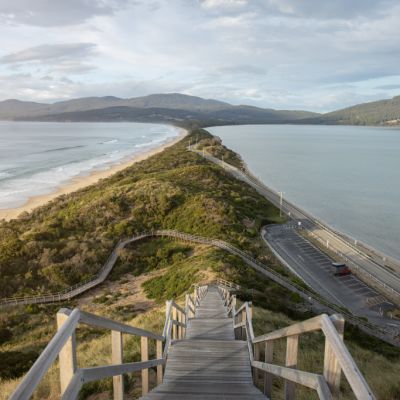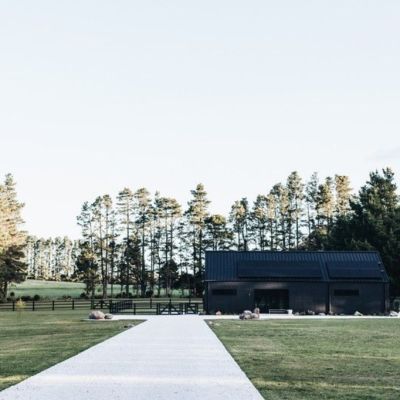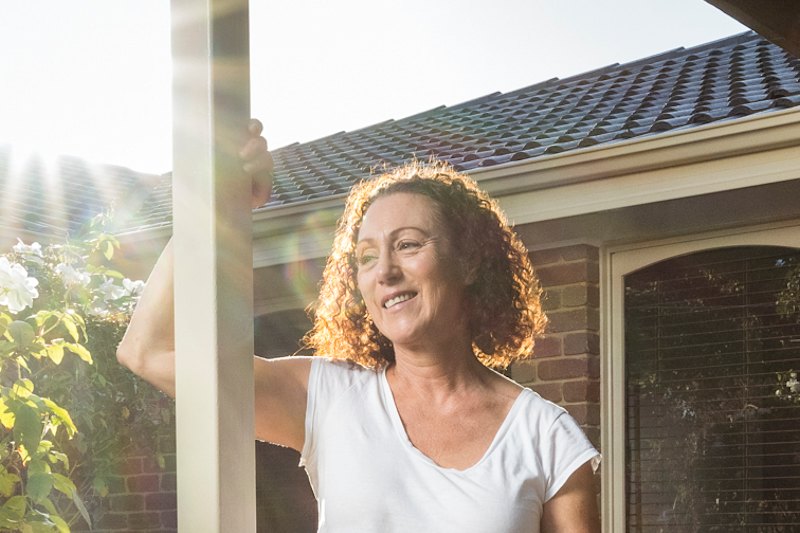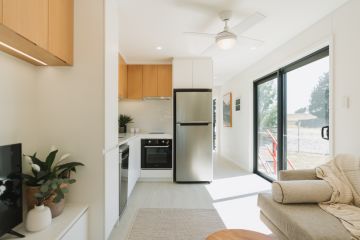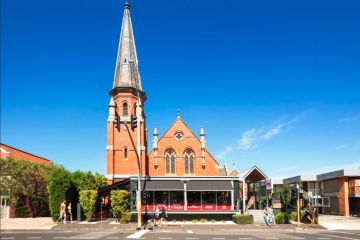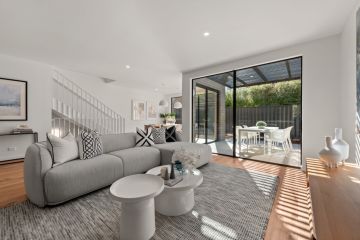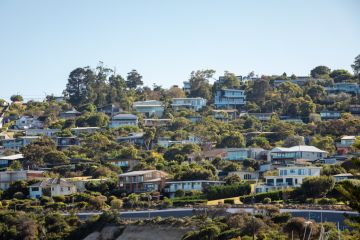Why Tasmania continues to attract buyers from the mainland
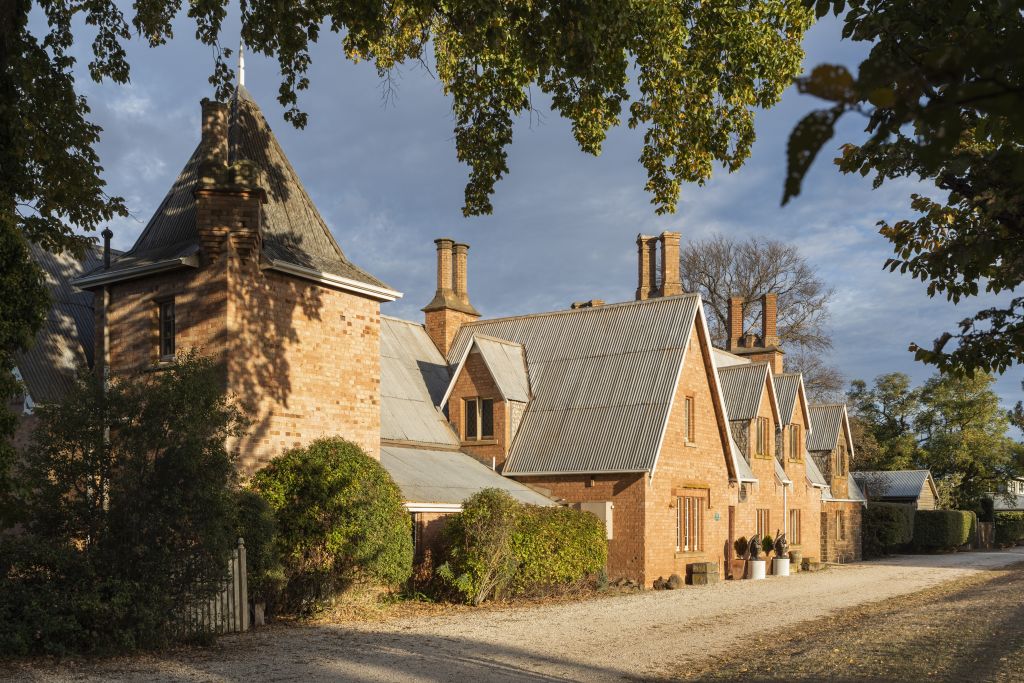
Tasmania: unassuming one minute, simply astonishing the next.
While the state is legendary as a serene haven of beautiful beaches, pristine nature and the freshest air, they say, on the planet, it’s also home to some of Australia’s most outstanding real estate.
How about a historic Georgian estate that later became the breeding ground for Melbourne Cup winners? Or a Victorian grange planned by our most-admired convict architect? Then again, check out some of the new avant-garde homes around the island, some with cutting-edge engineering and futuristic design.
“We are very fortunate with the type of property we have,” says Real Estate Institute of Tasmania president Michael Walsh. “We have some of the best heritage houses in Australia and we’ve treasured and protected them over the years.
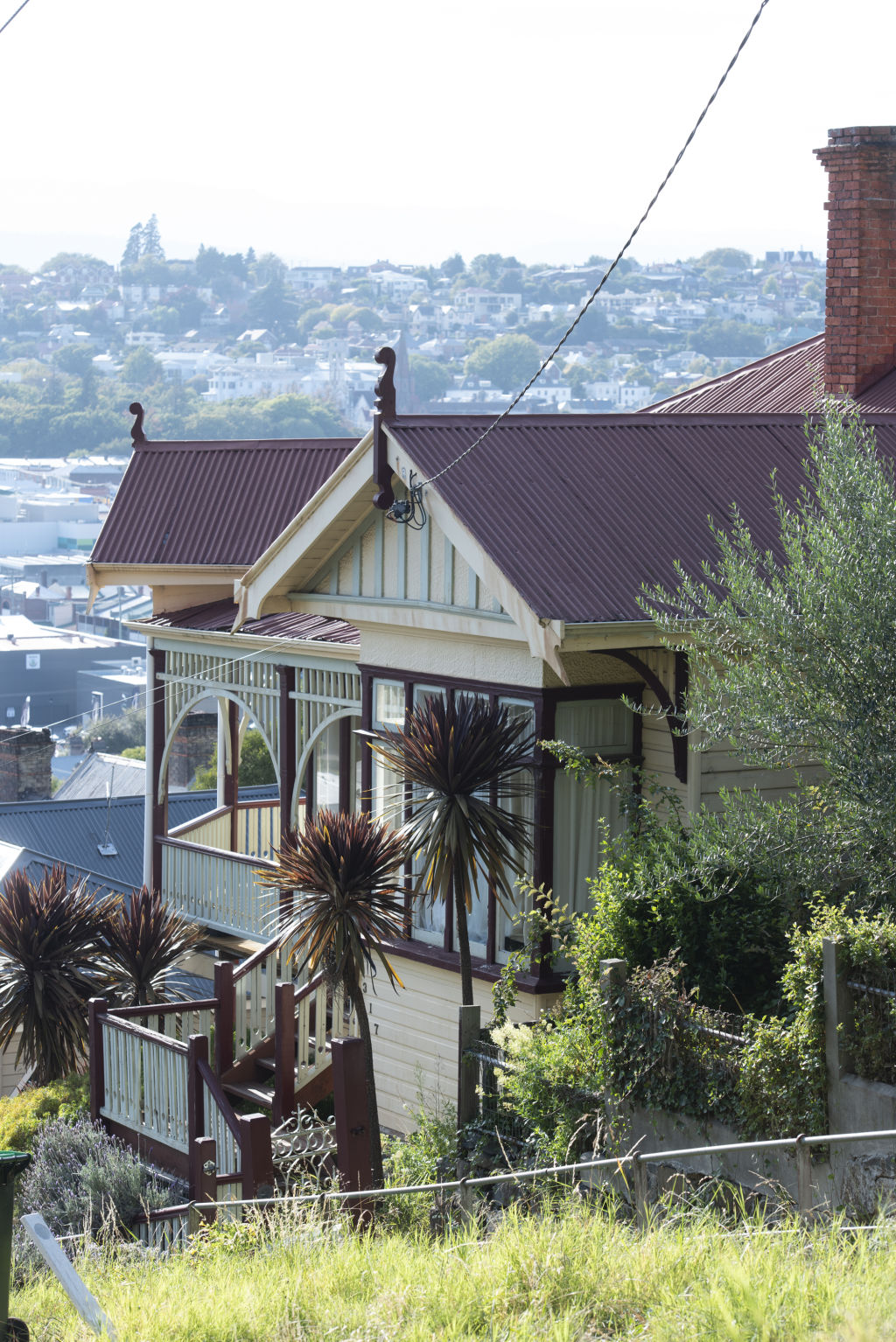
“Then we also have some remarkable new homes and have had sales over the years of a pretty substantial magnitude. But while we’ve had a lot of price growth over the past couple of years, they’ve come off a pretty low base and still offer value for money, particularly when compared to the eastern states.”
Hobart, for example, has experienced some stellar price growth, with its median house price rising 25.5 per cent in the past year to March 2022 alone – its seventh consecutive quarter of growth – to a record-breaking median of $758,141. The slowing rate of growth suggests, however, that Hobart has passed the peak of late 2021.
Domain chief of research & economics Dr Nicola Powell says house prices have risen 46 per cent since the pandemic began in March 2020 – the highest rate of growth recorded across the capital cities.
“The Hobart unit market has also had the second-best performance, at 31 per cent, behind Darwin,” she adds.
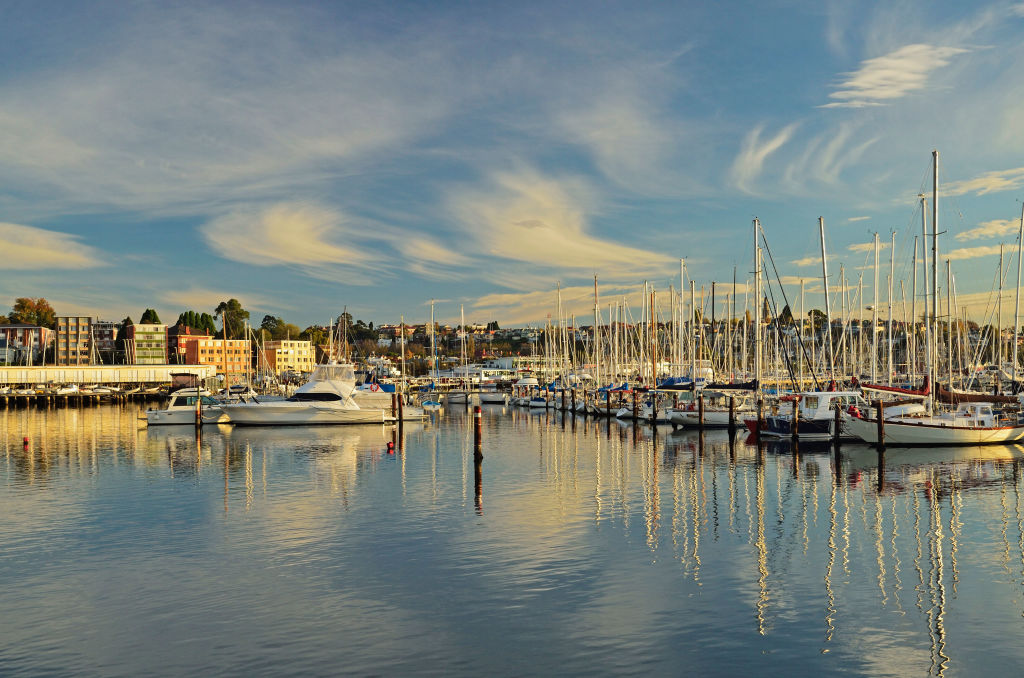
The well-heeled are still buying in Tasmania, however, particularly those from Sydney and Melbourne, and mostly in coastal, lifestyle, inner-city or rural areas close to the main cities.
The top three highest-growth suburbs are now Prospect Vale in the Launceston LGA, where house prices have risen 53.3 per cent to a median of $575,000, Dodges Ferry in the Sorrell LGA on the south-east coast, where the median has increased 46.3 per cent to $655,000, and West Launceston, with a 38.3 per cent lift to $657,500.
“The mainland influence is still being felt in our market, with sales from there running at about 18 per cent,” Walsh says. “They do tend to favour inner-city suburbs like Sandy Bay and Battery Point in Hobart, Acton in Burnie, and Newstead and East Launceston in Launceston.
“They’re also finding large areas down the Tamar Valley very attractive with all their wineries and yachting and lifestyle facilities. They seem to hold lots of appeal.”
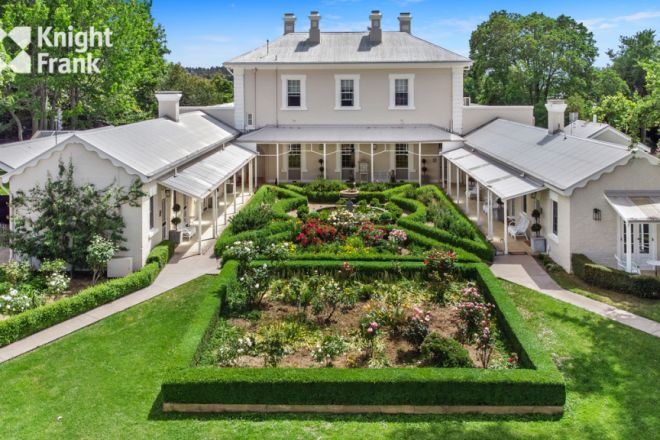
Less than an hour from central Launceston, for instance, one of the state’s most hallowed properties has just come onto the market – the Calstock Estate, dating back to 1831 and close to the town of Deloraine. At various times a home, a horse racing stables – where Melbourne Cup winners Malua and Sheet Anchor were bred – accommodation and now a home again, it’s a stunning 12-bedroom property.
“For its relatively small population, Tasmania is very lucky with the number of homesteads we have,” says Knight Frank Launceston agent Sam Woolcock. “This one was in the same family for 104 years and the current owners have carried out significant enhancements.”
In Campbell Town, another extraordinary home is for sale – a seven-bedroom, c1847 Gothic former National Trust home designed by convict architect James Blackburn.
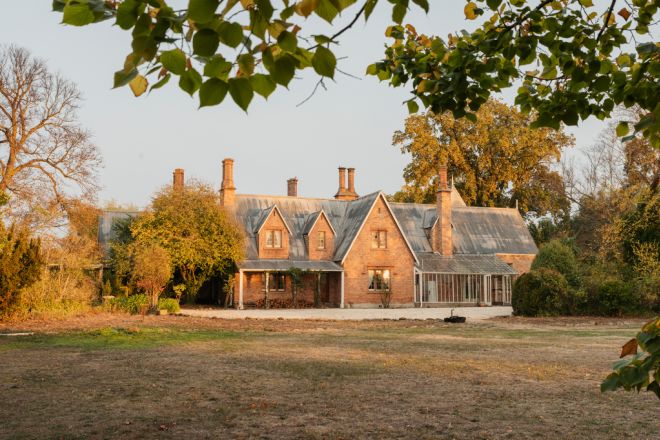
“I’d say 95 per cent of the interest in such historic houses comes from the mainland,” says agent Dominic Romeo of Circa Heritage and Lifestyle Property Specialists. “We see strong demand for them, from Sydney especially as they have similar-era architecture.
“We find a lot of people from the mainland are looking for a lifestyle change and Tasmania is so well known for its beautiful environment, fascinating history and great food, wine and gin culture. It was happening even before COVID, and although it was very strong throughout, it still continues now.”
There are also many more modern homes on the market. Claremont, on the northern fringes of Hobart, for example, has a new, ultra-modern, three-bedroom house elevated on stilts to make the most of the water views.
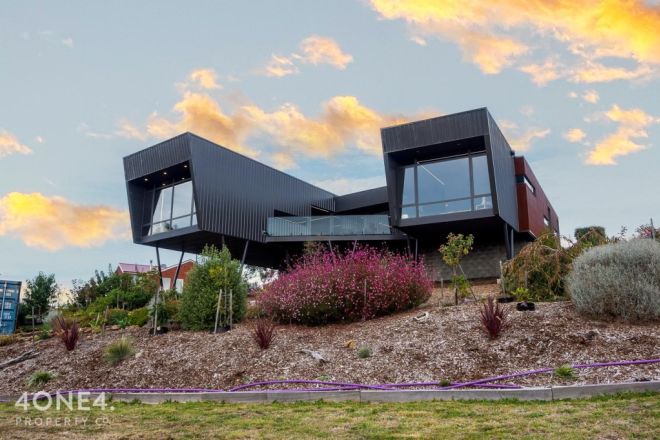
“It’s the most stunning listing I’ve had in the past nine years,” says 4one4 Property Co. agent Suzanne Wiltshire. “While it’s a very high price for this area – and will set a record – others will find it very affordable. It’s an absolute architectural masterpiece.”
Apart from choosing exceptional homes, most of the more affluent buyers will tend to choose the suburbs of Hobart that offer both substantial homes and views of water or, as second-best, of kunanyi/Mount Wellington.
At the top of the wish list are Battery Point, with Hobart’s highest house price median at $1.85 million, Sandy Bay at $1.4 million, Rose Bay at $1.3 million, Taroona at $1.21 million and West Hobart at $1.175 million.
“Most of the mainland buyers are looking at that inner-city ring where they can find character houses and views,” says buyers agent Angie Roberts of My Hobart Home.
“While we’ve had substantial price growth in the past three to four years, by comparison they’re still very affordable and you can upgrade to a sizeable family house or a large apartment with impressive views and [which is] accessible to the city, of the type most wouldn’t be able to afford in Sydney or Melbourne.”
We recommend
States
Capital Cities
Capital Cities - Rentals
Popular Areas
Allhomes
More
